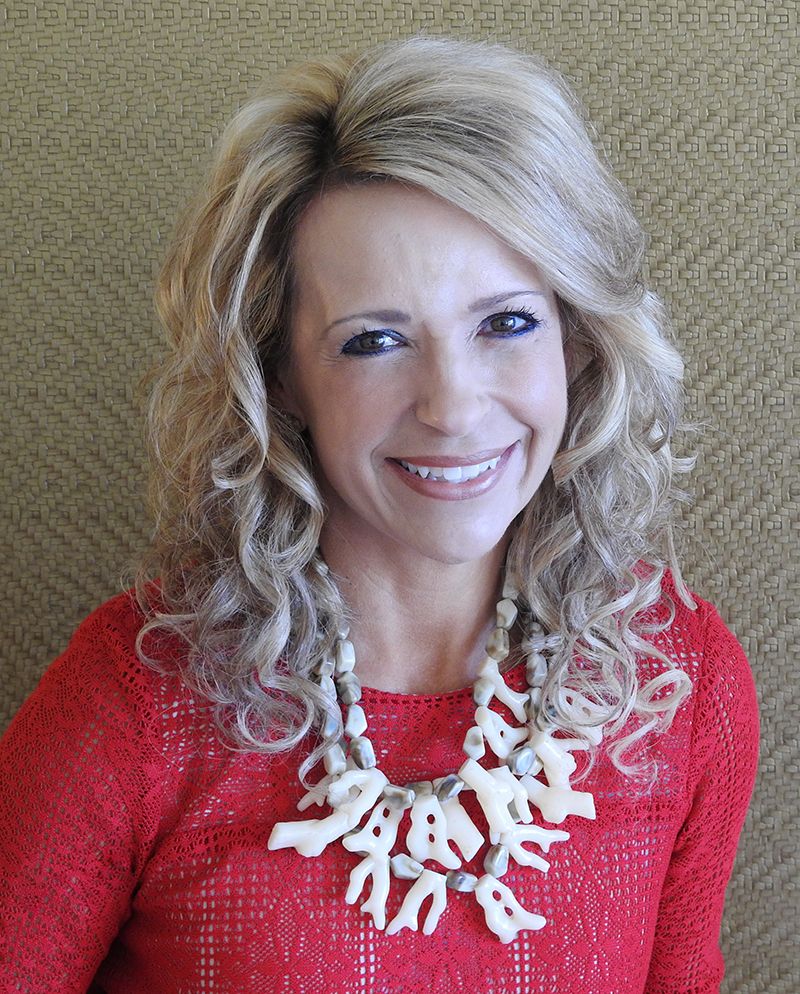‘Tis the season for celebration. There will be networking events, cocktail hours and other exciting fast-paced opportunities to connect. There are the gatherings at homes, dinners, events that lead to eating with friends, family and even new acquaintances that can be more formal, awkward or minimally tricky should your table manners be a bit “dusty,” or your dining confidence outside of your immediate friend circle or family unit gets lessened due to the casual nature of those environments. Don’t fear that dinner invitation and welcome the sit-down experience, with these seven tips that can be your “recipe” for dining delight. Once you have sent in your RSVP, and you have arrived on time, please consider the following manners as a matter of good taste for your dining experience:
Gifts. Present a host/hostess gift at a home event, and take no gifts for one outside the home setting. You can send one after (see below). If you do take a gift, do not expect it to be used or consumed at the event, as it is to be enjoyed afterward by the host/hostess.
Attire. Dress for the event, and not where you are heading after, or the place you were at before the dinner. If there is a theme, embrace it, and if there is a question about attire, ask the host/hostess prior to the day of the event: “In order to fully enjoy your invitation to dinner, is there a theme or attire recommendation or preference that you have?”
Time. Arrive before/at the start time. There is no “fashionably late” for a formal dinner. If you are early, do not go into the home before the start time; rather, wait in your car so the host/hostess can finalize anything he or she has going on to ready themselves or the home. If you are at a restaurant, wait in the lobby/reception area rather than going to the table. You’ll be seated when the host arrives. If the host is there first, you can go to the table upon arrival. This allows for the host to greet guests fully.
Conversation. Seek out the host/hostess first. Should you see others you know still greet them, and make your way quickly to your host before returning to them. Introduce yourself to those around you at the table and talk with those on each side and across from you. Resist getting up and down, and moving around the table during dinner, if possible. If someone arrives late, or simply after you, do rise to shake hands and introduce yourself. A terrific opening question is “How are you acquainted with [the host’s or hostess’ name]?” Avoid controversial topics, even if you are comfortable with discussions and disagreements, as it is not the place to “test the waters.”
Ordering/food choices/eating: Should you have food allergies or dietary restrictions/preferences, ask questions about the dishes, don’t tell the host/hostess about them, and if there will be something that can be accommodated if at his/her home. At a restaurant, take the lead from the host/hostess, and watch being elaborate or long-winded on your requests. If you have food allergies or dietary restrictions/preferences, seek the menu and options online or call ahead. Dining commences when your host starts eating. The rule of thumb in a restaurant is “less than eight, you wait,” and if someone is hosting at their home, wait until all the people around you have been served for each course, and then begin to eat together, unless the host/hostess verbally encourages you to eat before that. Use the utensils from the outside in. Remember, your water is to your right and your bread plate is to your left. Avoid “stealing” from others. You offer bread to the left and hold the container, and then pass to the right. Follow that for anything else passed at the table.
Napkin. While typically at a dinner, you place the napkin in your lap immediately upon seating, when there is a host or hostess, wait for him or her to take their napkin off the table and place it in his or her lap as the meal officially begins upon the unfolding of the host/hostess’ napkin. Place your napkin in your lap with the fold closest to your body and the open ends facing out. The napkin is to remain on your lap throughout the entire meal and should be used to dab, blot or cover your mouth briefly. When not eating, keep your hands on your lap or on the chair arms. If you leave the table during a meal for a call (do not take calls, or reply to messages at the table) or the restroom, do so with little other than a polite “Excuse me” and then place your napkin on the back your chair, and leave without explanation of what you are doing. The host signals the end of the meal by placing his/her napkin on the table to the left of his/her dinner plate. You follow suit by simply placing your napkin neatly on the table to the left of your dinner plate, with no soiled areas showing. Please do not refold your napkin, wad it up, or place it on your plate or anywhere else.
Appreciation. Thank your host/hostess for holding the event, and comment on something specific you appreciated or enjoyed. Make sure you do not “sneak out” to avoid the time it takes or the line to see the host/hostess. At a restaurant, it is nice to offer to walk the host/hostess out to a vehicle or ride. At someone’s home, note the address, and send a thank-you note. For a restaurant event, send your host/hostess a gift of appreciation with a note, or minimally a note. If you take photos, including those is a thoughtful gesture.
With these confidence-building dining etiquette tips applied, you’ll not only be an outstanding guest to/for/with your host/hostess, you will demonstrate leadership, manners and might even be invited for another dining opportunity this holiday season, or in the new year.
Debbie Lundberg is a certified life coach, certified leadership coach and certified image consultant who speaks, facilitates, trains and coaches throughout the country. She is author of Presenting Powerfully, serves as an honorary commander at MacDill Air Force Base and is a recent member of the Greater Tampa Chamber of Commerce board of directors. Learn more at debbielundberg.com.













